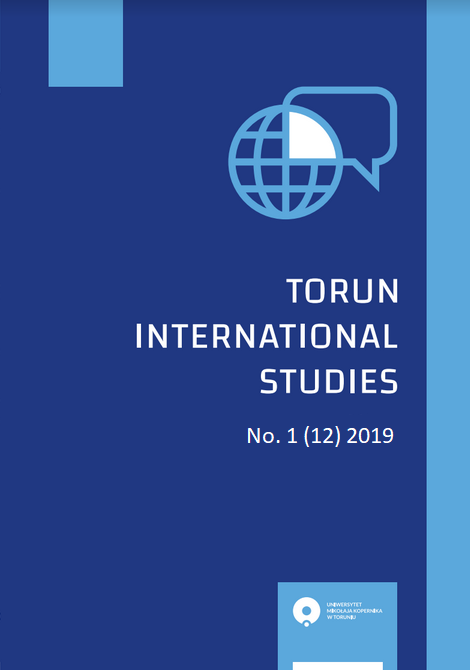PATTERNS OF THE MIGRATION DURING THE HYBRID WARFARE AND ITS CONFLICTOGENITY
PATTERNS OF THE MIGRATION DURING THE HYBRID WARFARE AND ITS CONFLICTOGENITY
Author(s): Piotr Pacek, Yuriy Danyk, Maryna SemenkovaSubject(s): Security and defense
Published by: Wydawnictwo Naukowe Uniwersytetu Mikołaja Kopernika
Keywords: migration; horizontal inequality; hybrid conflict; cognitive influence; propaganda; manipulative technologies; conflictogenity
Summary/Abstract: The population’s tendency to protest or to get involved into conflict can be used as the method of the hybrid warfare in the targeted country or region. The frustrations are formed due to the actual or virtually created resentment in the community or among the population groups. The deterioration of the social and economic conditions and the lack of opportunities to change the life for the better as well as the growing sense of danger or the real threat to life and security – all these elements have caused the intensive migration processes in many regions of the world. As a result it is the main feature of the modern world to handle. The influx of refugees and migrants and settling down in the new areas cause the transformation of horizontal inequality among the migrants themselves and between migrants and locals. The intensification of the migration processes is a result from the peculiarities of the hybrid conflicts such as the powerful cognitive, information and psychological influence, use of different technologies including the manipulative ones. The possibility to manage the migration processes and, to a certain extent the migrants’ potential for conflict is becoming the feasible instrument to break down the system of regional and international security through the projection of conflicts to the places where the migration flows are directed.
Journal: Toruńskie Studia Międzynarodowe
- Issue Year: 1/2019
- Issue No: 12
- Page Range: 61-73
- Page Count: 13
- Language: English

